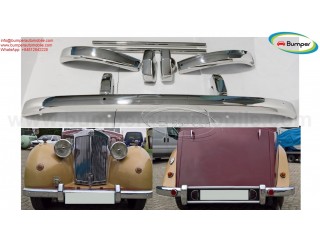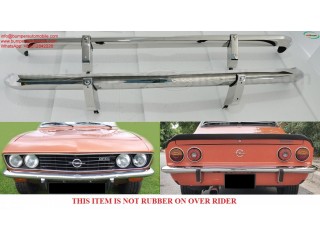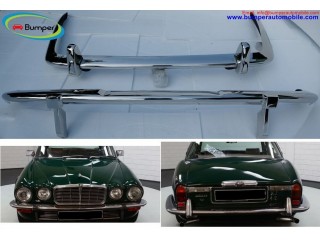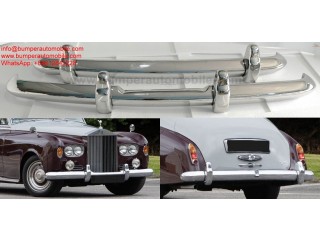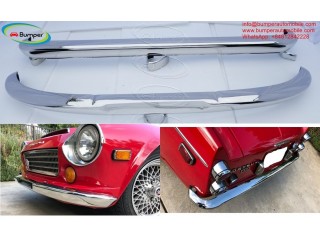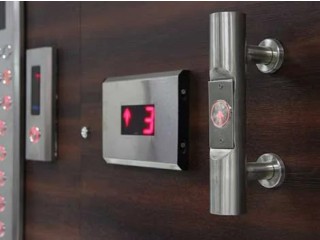Master Alloys and Alloying Additives Information Private
2 years ago - Automobiles - Barddhamān - 198 viewsMaster alloys and alloying additives are alloy-element concentrates, grain refiners, hardeners, deoxidants, and other agents added to a melt or metal-powder blend to produce a particular alloy, modify a melt, or alter processing characteristics. They are designed to improve processes in metallurgy by refining the final properties of different rare metals. Alloying agents and elements are used as additions to modify or produce alloys in primary metal production melts, foundry melts, and powder metal-blend manufacturing.
Benefits of Master Alloys and Alloying Additives
Master Alloys
A master alloy is a pre-alloyed concentrate or mixture of alloying elements. They are used to add all the major alloying elements in one form to the base metal. For example, a 10% addition of 60% aluminum - 40% vanadium composition master alloy to 90% pure titanium will produce Ti-6Al-4V alloy.
Master alloys are essential for adding small amounts of compounds with large melting point differentials. This is because adding a virgin metal to a melt can be inefficient in terms of energy and metal yield. For example, a small addition of pure copper (1083°C melting point) to a large mass of aluminum (660°C melting point) would require heating all the aluminum above 1083°C. A 50-50 master alloy of copper and aluminum eliminates unnecessary heating of the aluminum, allowing the correct percentage of this alloy to be added to the bulk of aluminum at a much lower temperature.
Master alloys are also the most effective method of introducing controlled levels of rare earth metals to more complex alloy systems. They help to control oxygen content within the alloy, stabilizing metals that would normally oxidize in the atmosphere.
Copper-based master alloys are produced for the brass and copper industry. The range includes alloys such as Copper-Iron, Copper Manganese, Copper Boron and Copper Zirconium.
The common factor among these alloys is that they dissolve better than the corresponding pure metal or metals. Using KBM Affilips copper-boron 2% master alloy is a great method for improving the quality of copper alloys and brasses. Boron is an effective deoxidiser for copper, without the harmful effect of reducing the electrical conductivity.
The element is also highly effective when compared to other deoxidisers such as phosphorus, lithium or magnesium, therefore less boron is needed per kg of oxygen to achieve the same deoxidation effect.
In copper alloys, boron also slows grain growth during heating. In addition, boron facilitates pouring and filling operations. In brasses, boron behaves as a strong grain refiner. It reacts with several elements present in the melt and the products formed are often insoluble compounds dispersed as fine particles through the melt which act as nucleants.
The mechanical properties are increased with boron and the internal soundness of brass castings is improved.




